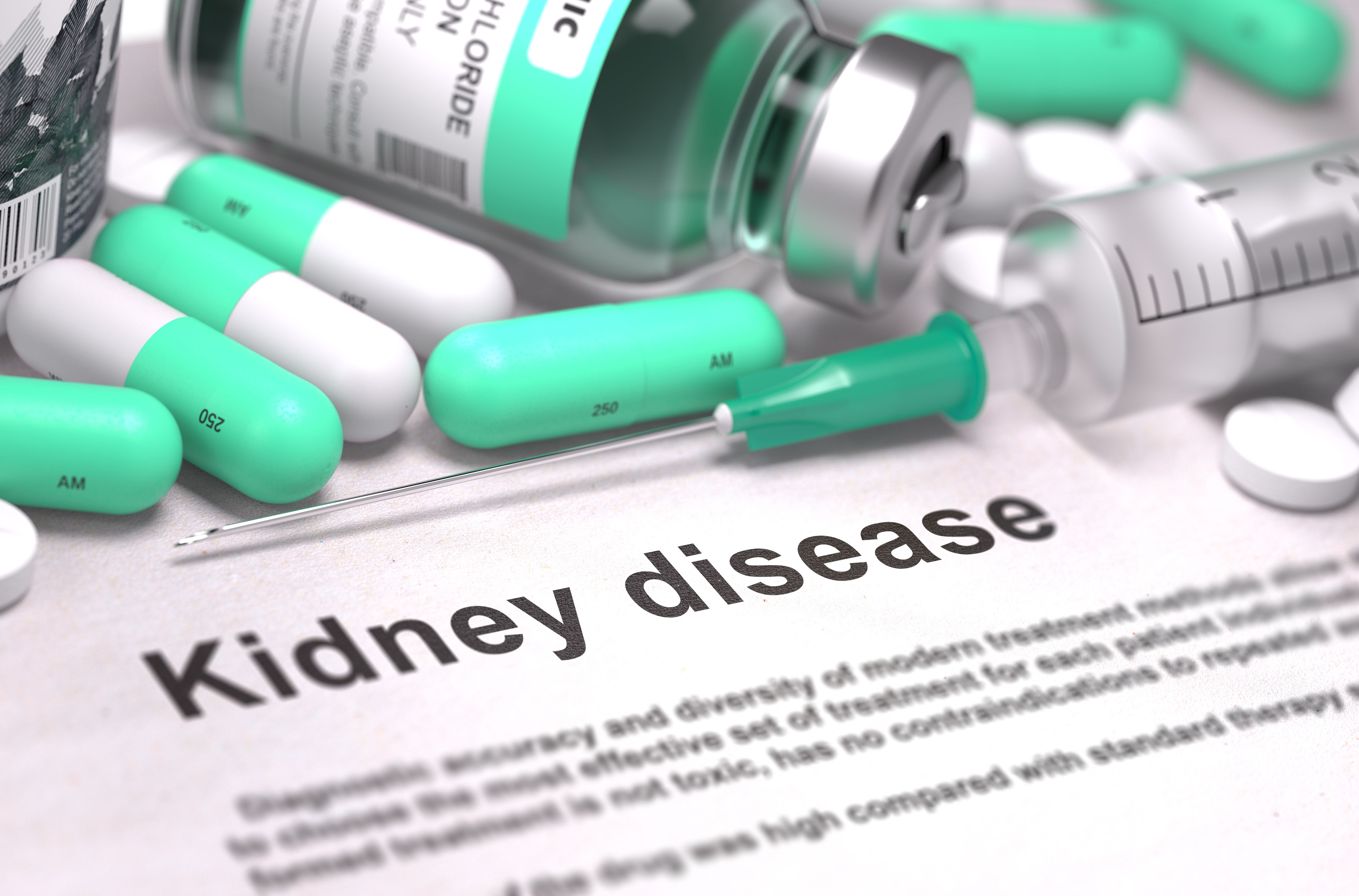Video
Treatment of Anemia in CKD
The panel assesses the appropriate time to begin treatment of anemia in CKD as well as goals of therapy.
Transcript
Peter L. Salgo, MD: I was going to ask what the standard of care is, but I think you’re answering me: The standard of care shifts.
Daniel W. Coyne, MD: There is none. If there’s any standard, it’s a hesitancy to actively manage this disorder at this point.
Peter L. Salgo, MD: At what point do you go in there, right now, today, not yesterday, not what you think is going to happen in the future? At what point, right now, do you jump in and say I’m going to start treating the anemia of chronic kidney disease [CKD]? Is there a number you carry around? We can just take a poll.
Robert Provenzano, MD, FACP, FASN: Let me start, Dan. There are 2 ways of addressing it, and Stanley can weigh in on this. Our guidelines dictate that we start treatment to avoid a transfusion. What does that mean? That definition differs in every single patient. To Dan’s point, if you have a stable patient whose hemoglobin has been 9.5 g/dL, and they’re feeling fine: their iron stores are good, their cardiovascular status is stable, and you’re not going to treat them. On the other hand, if you have a patient who has dropped from 11.5 g/dL to 9.5 g/dL, they may have a lot of issues: There is a great fear that lack of treatment is going to have a negative impact. Personally, my fellows and I and those who I educate, we individualize every single therapy. Dan?
Daniel W. Coyne, MD: We tend to take into account the stage of CKD. If you see hemoglobin levels in the 9s and they’re in stage IIIA, that’s a pretty bad anemia for IIIA. The likelihood is that person is actually iron deficient, so we’re probably going to reach for iron in those people. Ideally IV [intravenous] iron, but there are a lot of barriers to using that. Later in CKD, especially if I’ve already given them iron, again the cutoff tends to be less than 10 g/dL. You can’t start ESAs [erythropoietin stimulating agents] unless they’re less than 10 g/dL, so I can’t start that. I can give them IV iron if they’re in the low 10s or something like that, and they have marginal iron stores on the testing, and the testing is not very helpful. We generally use 10 g/dL as a time point to start to think about seriously treating the patients, and iron and ESAs are the only things we have right now to throw at it.
Peter L. Salgo, MD: Is it possible to eliminate the need for transfusion completely if you do your therapeutic regimen correctly with iron and other medications?
Daniel W. Coyne, MD: No.
Peter L. Salgo, MD: That was easy. No.
Daniel W. Coyne, MD: For most of these patients, if they’re going to get transfused, it’s a hospital event. When people get acutely ill, they immediately become anemic and their anemia worsens. If I raise their hemoglobin from 9 to 11 g/dL, I’ve delayed that, but if they are in the hospital long enough, they’re going to wind up getting a transfusion, or at least there’s a good chance of it. Even in these nondialysis patients, while you can show some marginal reductions in transfusions, it doesn’t have a great transfusion reduction effect because there aren’t a lot of transfusions.
Peter L. Salgo, MD: Let me turn this on its head. If you give medications or transfusions and maintain a hemoglobin level where you want it, does that impact the progression of the renal disease?
Daniel W. Coyne, MD: Not according to the TREAT trial. The TREAT trial was over 4000 patients with type 2 diabetes, randomized in a double-blind fashion to either Aranesp [darbepoetin alfa] or placebo, and the goal was to maintain hemoglobin of 13 g/dL or have them on a placebo shot. That study showed that treating the anemia in these patients, whose GFRs [glomerular filtration rates] were in the 20 to 50 range—and most of them had a GFR in the high 20s—it did not slow down progression. At least with that drug, there’s no evidence that treating the anemia slows down progression of CKD.
Peter L. Salgo, MD: If I’ve got to pay for all this, I’m going to ask the obvious question. I’ll ask this of Stanley: What’s a success? What do you consider success in terms of outcomes, in terms of the anemia of chronic kidney disease? Is it only the avoidance of transfusion, or are there other factors?
Stanley Crittenden, MD: It’s more than that. We like to look at total health care utilization. There are other downstream effects of being anemic. We alluded to many of these points earlier about quality of life. We look at those indirect costs: things like increased hospitalizations. If you’re going into the hospital and have to have a transfusion, of course you are having a worse quality of life because you’re in the hospital, but you have an extended hospital stay. We like to think about success in terms of how we treat anemia to decrease some of those complications and decrease health care utilization overall.




